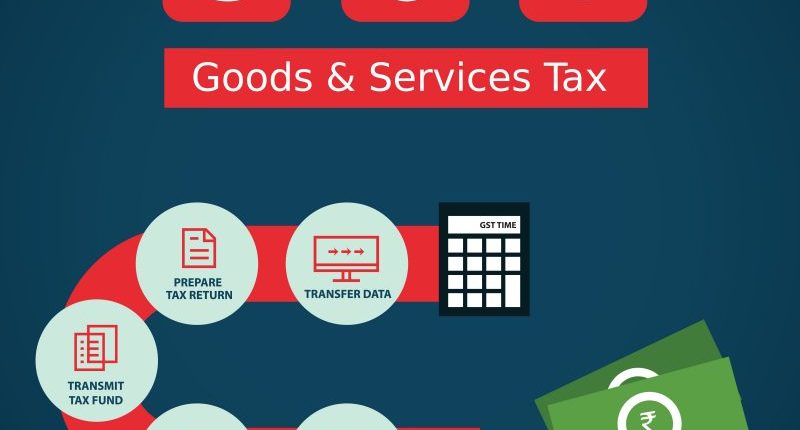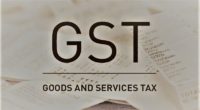Food aggregators like Zomato and Swiggy will collect and deposit tax at a 5% rate from 1 January 2022, which will widen the tax base as food vendors outside the GST threshold will become liable to GST when provided through online platforms. Currently, the restaurants registered under GST are collecting and depositing the tax.
The government amended the GST law to tackle evasion. The amended GST law states that the input tax credit will be available only once the credit appears in the taxpayer’s GSTR-2B (purchase return). The 5% provisional credit allowed in GST rules will not be permitted after 1 January 2022.
EY India Tax Partner, Bipin Sapra, stated that the change in the GST law would impact the working capital of taxpayers currently availing credit of 105% of matched credit. The change will mandate the industry to validate that the procurements are made from compliant and genuine vendors.
The other measures coming into effect from the new year include mandatory Aadhaar authentication for claiming GST refunds, blocking the GSTR-1 filing facility in cases where the business has not paid taxes and has filed GSTR-3B in the previous month. Currently, the GST law restricts filing returns for outward supplies or GSTR-1 when a business fails to file GSTR-3B for the preceding two months.
Businesses file GSTR-1 of a particular month by the 11th day of the subsequent month, GSTR-3B, through which the businesses pay taxes, is filed staggered between the 20th-24th day of the succeeding month. The amendment in the GST law allows GST officers to visit premises to recover tax dues without any prior show-cause notice, where taxes paid in GSTR-3B are lower based on the suppressed sales volume, compared to supply details given in GSTR-1.
The collection and deposit of 5% GST by Zomato, Swiggy, etc., will widen the tax base and thus make procurement from the online food aggregators costlier. Bipin Sapra further stated that restaurants sometimes supply goods with restaurant services, and an invoice may have multiple payments by multiple people involving the complexity of operations. The practice of laying a burden on the e-commerce operator for supplies made through them puts an additional burden on a platform that is just facilitating supply.
For any clarifications/feedback on the topic, please contact the writer at mayashree.acharya@cleartax.in

I am an Advocate by profession. I interpret laws and put them in simple words. I love to explore and try new things in life.




